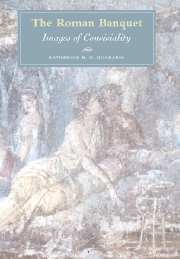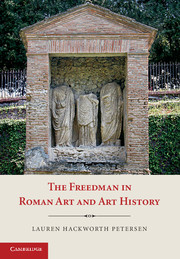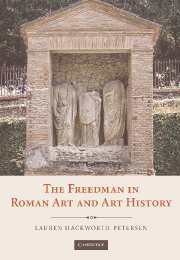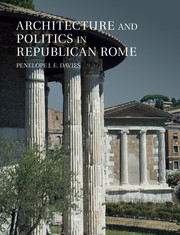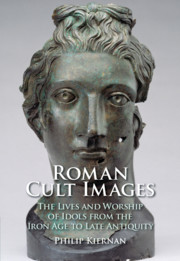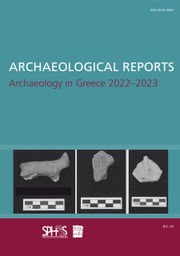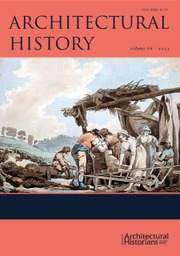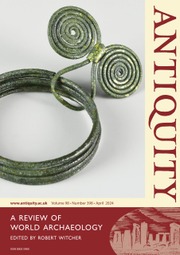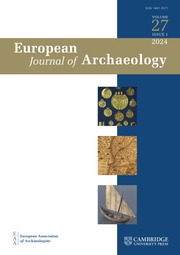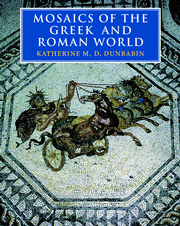The Roman Banquet
Dining was an important social occasion in the classical world. Scenes of drinking and dining decorate the wall paintings and mosaic pavements of many Roman houses. They are also painted in tombs and carved in relief on sarcophagi and on innumerable smaller grave monuments. Drawing frequently upon ancient literature inscriptions as well as archaeological evidence, this book examines the visual and material evidence for dining through Roman antiquity. Topics covered include the relationship between Greek and Roman dining habits; the social significance of reclining when dining in public; the associations between dining scenes and death; the changing fashions of dining at the end of antiquity; and the use of banquet scenes in the art of early Christianity. Richly illustrated, The Roman Banquet offers a full and varied picture of the role of the banquet in Roman life.
- Illustrated with 150 halftones and 16 color plates
- Multi-disciplinary approach combining art and archaeology with literature and epigraphy
- Broad based cultural study
Reviews & endorsements
'Dunbabin is refreshingly open-minded in her responses … The book is a thorough and scholarly analysis of images … it provides an accessible overview of the representations of dining … For the teacher there is much that can be of benefit because it is so good at setting familiar objects in an artistic and social context.' Journal of Classics Teaching
'… a fascinating and beautiful book to own.' Classical Association News
'An extensive and rich corpus of architecture, mosaics and wall paintings, sculpture, pottery and metalware is examined thoroughly in The Roman Banquet … Keenly alert to the sociological functions, the scholarship is sturdy; and the production is excellent.' Antiquity
'This book is highly commendable, with integrity of structure and content, exhaustive use of material sources, and a high level of scholarship. Moreover, these aspects are presented in a lucid style and reinforced with some excellent plans and images.' Minerva
'The book is commanding in its range of visual materials … and in its spread across the empire, as well as in its chronological sweep into late antiquity. It is exemplary in its judicious carefulness … It has all the merits, in short, of profound knowledge … huge experience, and impressive control of the materials …' Art History
'This book is filled with the strengths that we have come to expect of [Dunbabin's] work and provides a very useful overview of the development and different contexts of the banquet scene in Roman art, reflecting the current opinions of scholarship in the many area on which it touches.' Journal of Roman Studies
'Its command and breadth of material means that it will be key reading for many years to come.' Hermathena
Product details
February 2004Hardback
9780521822527
312 pages
255 × 185 × 26 mm
0.937kg
Unavailable - out of print November 2016
Table of Contents
- 1. Romans, Greeks and others on the banqueting couch
- 2. Place-settings
- 3. Public dining
- 4. Drinking in the tomb
- 5. Banqueting in late antiquity
- 6. The last banqueters.

